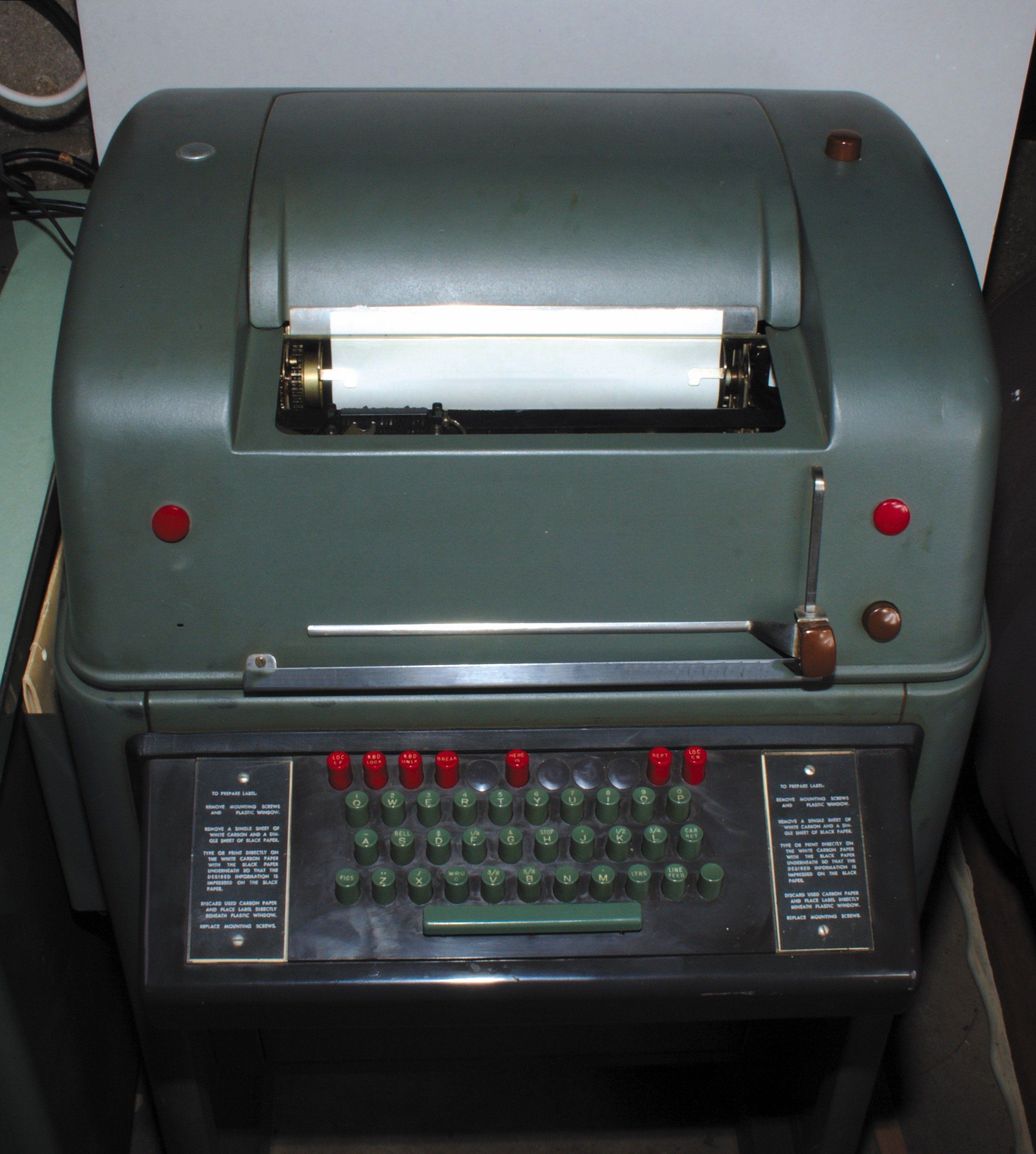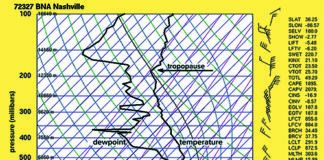Likes Remarks
I thought your Remarks, “Pilot Shortage?” in October were very well said, sir. I just retired after 40 years of airline flying. Like most, I started as a CFI before the airlines ($15 dual/wet) before getting hired as a Twin Otter F/O and then Captain making $1700/month flying about 50 hours per month. I finished as an International Heavy Jet Captain making in the mid $300K per year but still hourly but with better work rules. In reality the wages haven’t gone up that much when compared with the astronomical costs to get the ratings.
Your last paragraph about Southwest management vs. other airlines is also spot on. I worked for 30 years for one of the two small package cargo companies and they were very honest with us—they hated the pilots and we hated them. That is fine as long as you know where you stand.
We had what turned out to be the most solidly cohesive group of pilots and union in the industry. If the company did something to one, they did it to all and most of the original guys were already so battle hardened at some of the worst airlines that we consistently bit instead of growling. Now it is considered one of the premier jobs worldwide.
During one contract negotiation I came up with a phrase when the company said that our proposal would bankrupt the company ($4.5 Billion profit). I said “I have never heard of a company being mis-labored.”
Your Remarks were exactly spot on. Thank you.
Dan Drew
Round Rock, TX

Longer TAFs?
I’ve often wondered why the official FAA weather sites only have a 24-hour TAF. Many times I want a weather briefing on a flight 36-48 hours in the future. I would imagine that would not be too difficult.
Peter Ver Lee
Bangor, ME
TAFs only forecast 24-30 hours (depending on airport) mainly for historical reasons—they were developed in the 1940s and 1950s to serve pilots, briefers, and dispatchers, who aren’t very concerned with the multi-day picture. Also a big factor was brevity. The bandwidth on old AFTN teletype networks was extremely limited, even as late as the 1990s, at as little as 10 characters per second.Finally, accuracy was a big issue. It hasn’t been until the 1990s-2000s that forecasters could accurately predict hour-to-hour trends, and it was thought better to focus on getting the short term window accurate instead of spending time on a multi-day forecast, which could be a source of complaints and trouble when the forecasts don’t verify consistently.Times have changed, of course, and there have been dramatic improvements with global models, but the TAF standards are still driven by inertia and bureaucracy. There is certainly a possibility in the next 10-15 years we might see some technologically-driven changes that affect the TAF form or which introduces a replacement product.Some of this is addressed in the “Weather Observations” article in this issue. —Tim Vasquez

IFR Traffic Patterns
On question 5 on your December Quiz, you state “Circling approaches require left-hand turns unless the approach procedure explicitly states otherwise.” Is this still a true statement when the runway you’re landing on is published right traffic? I’ve found that the AC and the regs don’t address this clearly. I believe that the intent is that the required direction of turns are in accordance with the published traffic pattern (absent requirements to the contrary on the approach procedure), but I’ve been unable to get a satisfactory answer. Your thoughts?
Karl von Valtier
Lewis Center, OH
Upon rereading the question and answer to respond to you, we admit that the quiz could have been worded better.The point is that IFR traffic that’s not receiving vectors is still subject to normal traffic-pattern rules for the airport. So, if you’re going to circle to land, you should circle in the direction first as specified by ATC. If none, circle in the direction specified by restrictions on the approach. Lacking those, circle in the direction (normally left, unless marked otherwise) of the normal traffic pattern at the airport.Occasionally an approach limits circling in a specific direction from a runway, but on initial read that restriction conflicts with the normal traffic pattern. You then have to get creative about how you circle so you can both comply with the circling restriction and the normal traffic pattern.
SIMCOM Should Do Better
I read your November article about SIMCOM on the way to my 20th year going to Scottsdale. Like you, I also fly a Cessna 340, so I was probably in the same, decrepit simulator that you complained about. I had some hesitation since they called me the week before saying the sim was broken and they were not sure if it would be fixed before I got there. I was worried enough to check with other providers but they were either too far away (Florida) or the guys from California were in the midst of moving their program to Texas.
When I got to SIMCOM, the sim was “fixed” but that is a relative term. (They have a “new” sim that was supposed to be ready this year but was not.) The fixed sim was functioning so poorly that they put me in their King Air sim to do one session. The artificial horizon just did not function right so I basically did partial panel the whole time, which would have been OK if the load sensitivity on the yoke had even been close to correct.
Between a poorly functioning sim and a “check the box for insurance” course, I will probably look for someplace different next year. Yes I need the insurance check off but I also want to feel confident that I am safe. I was so frustrated this time that all I wanted to do was get the course over with since the sim—and subsequently the course—have become valueless.
For $2,600, hotel and travel expenses, I think a pilot deserves more.
Brent Blue
Driggs, ID
TAA vs. MSA?
I just finished reading another great article by Jeff Van West in December’s “It’s In The Presentation” where he mentions that “you’ll never see an MSA on an RNAV approach.”
Did he mean to say on a TAA approach? Because there are plenty of RNAV approaches that have MSAs. A perfect example is the RNAV (GPS) Z Rwy 26 at my home base of Camarillo, CA (KCMA).
Robert Vaughan
Newbury Park, CA
Yup, you got us. Yes, it was a slip and it should have been, “…you’ll never see an MSA on an approach that has a TAA.” They’re redundant.In fact, at this point, most RNAV approaches still have the old MSA circle. Approaches with a TAA are somewhat scarce, although getting more common.We read ’em all and try to answer most e-mail, but it can take a month or more. Please be sure to include your full name and location. Contact us at[email protected].





